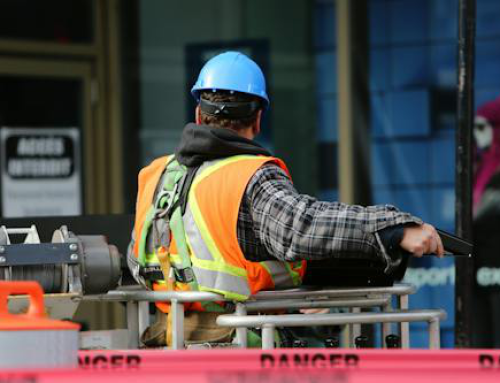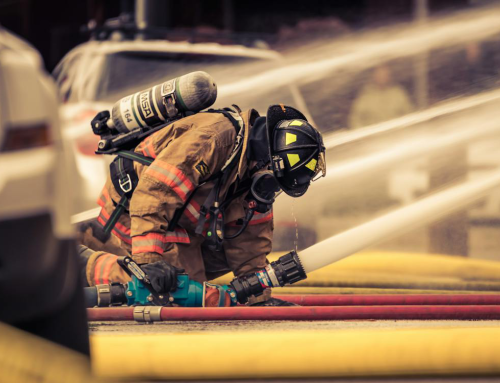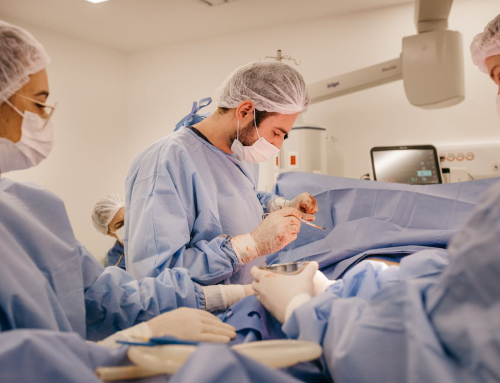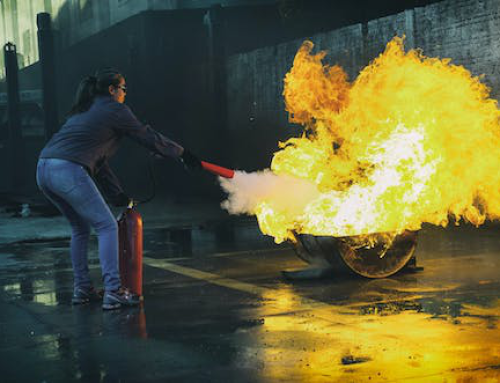First aid course is a valuable skill that can save any person’s life. But, when you’re in the middle of a crisis, it’s tough to think clearly, especially if you find yourself in a scenario where you don’t know how to provide first aid. Preparing your mind before you’re put in a high-pressure circumstance might save a life or aid someone in distress.
We at Metro Safety want to teach you a basic grasp of the three C’s as a part of basic first aid training so that if you ever find yourself in a medical emergency, you’ll know what to do without having a meltdown.
1. Check
Remember the first C: CHECK before entering an emergency scenario.
What is the current situation around? Is there something to be concerned about? In this case, what may be dangerous to you and the injured person?
It is critical not to hurry into an emergency scenario; instead, you should first assess the situation for potential threats for the sake of your own safety.
Check for anything dangerous, such as ongoing traffic, fire, or other hazardous materials, and seek aid from others around. Rushing into a situation without first assessing the threats might do greater harm to yourself or others. So, before entering a scenario, be sure it’s safe.
2. Call
If the situation is clear, check the victim is breathing. You may need to provide specialized treatment, such as cardiopulmonary resuscitation (CPR).
One of the most crucial things you can do is call for emergency assistance by calling 911 as soon as possible. Remember to tell the operator exactly where you are located (place of an incident), the current scenario, how many individuals are hurt, and if the victims are breathing.
One of the most important responsibilities of first aid is to ensure the victim survives until the ambulance comes. That is why a first aid course is a must if you plan to save a life.
3. Care
This is the point at which you begin providing treatment to the patient.
After inspecting the incident and calling for assistance, you can now begin caring for injured persons after assessing for risk and ensuring the area is secure until medical personnel arrives.
Keep an eye on the patients’ respiration. You may need to stop the bleeding or do CPR.
Attending safety training programs and learning about First Aid principles will ensure that you never make mistakes when administering first aid. Do you want to learn Level 1, Level 2, and Level 3 First Aid training in Vancouver?
Learn how to conduct cardiopulmonary resuscitation (CPR) with our first aid training in British Columbia, Canada. Or you can contact us here.







